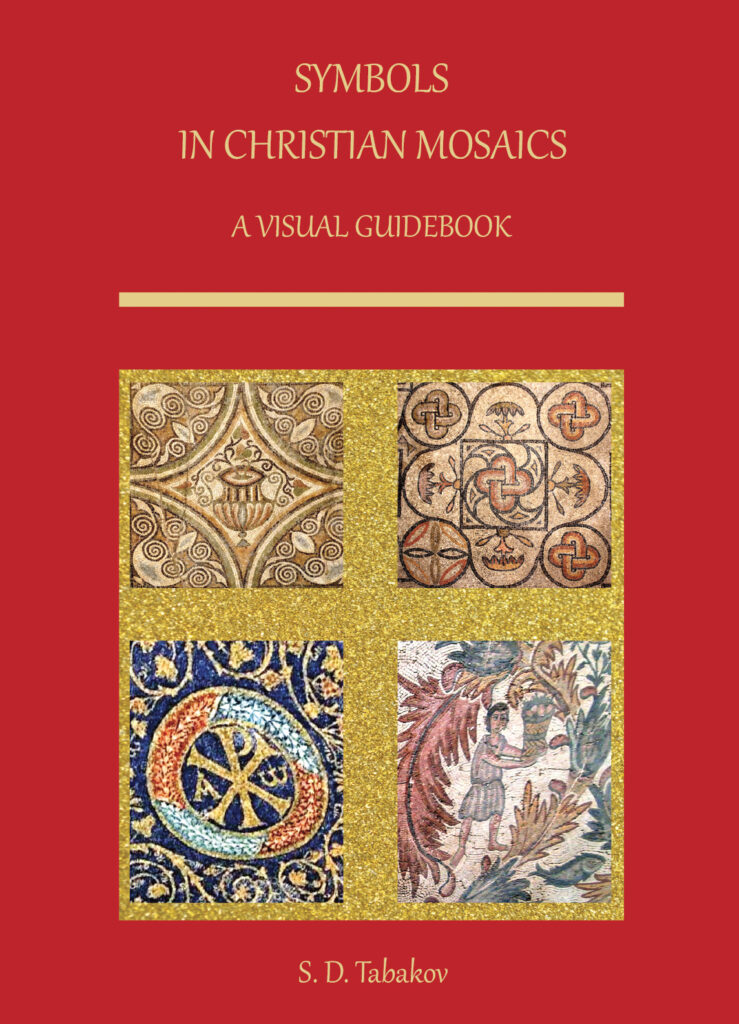A presentation of the new English edition of the book SYMBOLS IN CHRISTIAN MOSAICS (A VISUAL GUIDEBOOK) – II Edition, by Prof. Slavik Tabakov

7 Dec 2023, 7 PM, “Sofia” Gallery
Book HERE
The Bulgarian Cultural Institute London is pleased to invite you to the presentation of the new English edition of the book SYMBOLS IN CHRISTIAN MOSAICS (A VISUAL GUIDEBOOK) – II Edition, by Prof. Slavik Tabakov. BCI London presented the Bulgarian edition of the book in 2021.
You will also have the opportunity to enjoy a glass of lovely Bulgarian wine.
* Please note: This presentation will be in English language only!
SYMBOLS IN CHRISTIAN MOSAICS (A VISUAL GUIDEBOOK) – II Edition
From the beginning of Christianity pictorial symbols became part of the world of the early Christians. Some of these symbols existed before that time, but in the period of early Christianity they were infused with a new meaning. This symbolism continued into the centuries in the decoration of churches. The Guidebook aims to familiarise the reader with this topic and has an educational purpose in bringing together the beauty of the Christian mosaics and their connection to Christian symbolism.
This unique Visual Guidebook II Edition (in English) contains a brief description of 330 symbols, illustrated with over 400 colour photographs of details from Christian mosaics (most from the period 4th to 7th c.) and another 100 photographs of other objects of church decorations. The book is based on photos from the author’s personal collection, gathered over 15 years from 25 countries. The explanation of symbols in the Guidebook is based on the established Christian symbolism, cited in the publications in the Bibliography. The selection of illustrative examples for each symbol forms the backbone of the Visual Guidebook.
About the author: S.D.Tabakov, is a British-Bulgarian specialist in medical physics, Editor-in-Chief of the Encyclopaedia of Medical Physics, Director MSc Medical Physics at King’s College London (2000-2018) and Visiting Professor at Medical University Plovdiv. In parallel to his academic work, for over 25 years he has devoted his free time to the study of early Christian art and symbolism.


